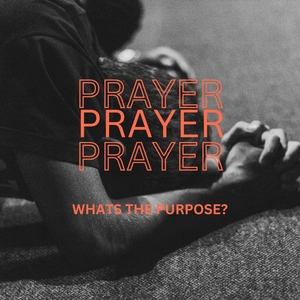The only time Jesus is shown kneeling in prayer is in the garden of Gethsemane. What is the significance of this posture?
Jesus' posture in prayer is an indication of his submission to the Father's will. Kneeling is a sign of submission to authority. Men knee to acknowledge another's authority over us. For example:
Even King Solomon acknowledged that he was a subject of a higher authority by kneeling:
1Kings 8:54 When Solomon had finished praying this entire prayer and supplication to the LORD, he arose from before the altar of the LORD, from kneeling on his knees with his hands spread toward heaven.
1Kings 8:55 And he stood and blessed all the assembly of Israel with a loud voice, saying:
1Kings 8:56 “Blessed be the LORD, who has given rest to His people Israel, according to all that He promised; not one word has failed of all His good promise, which He promised through Moses His servant.
All men are called to acknowledge the Lord's rule in our lives by kneeling before Him in worship:
Psa. 95:6 Come, let us worship and bow down,
Let us kneel before the LORD our Maker.
And so Jesus was kneeling in submission to the Father's authority. Jesus is described in Luke as kneeling when He sought the Father's permission to avoid the cross. Consider Jesus' words as He prayed:
Luke 22:39 And He came out and proceeded as was His custom to the Mount of Olives; and the disciples also followed Him.
Luke 22:40 When He arrived at the place, He said to them, “ Pray that you may not enter into temptation.”
Luke 22:41 And He withdrew from them about a stone’s throw, and He knelt down and began to pray,
Luke 22:42 saying, “Father, if You are willing, remove this cup from Me; yet not My will, but Yours be done.”
Note that Jesus' request to the Father was that Jesus be allowed to avoid the cross, and Jesus prayed in a posture of submission to the Father's authority. While it's likely that Jesus knelt at other times as well, this particular moment was crucial, since it demonstrated both the extent of Jesus' suffering and His willingness to submit to the Father's authority.
Jesus taught that we pray the Father's will be done, and in this moment we see evidence that Jesus prayed this way as well. Clearly, Jesus wished to avoid the pain of the cross, but He submitted to the will of the Father, and His kneeling demonstrated that submission.
Scripture quotations taken from the (NASB®) New American Standard Bible®, Copyright © 1995, 2020 by The Lockman Foundation. Used by permission. All rights reserved. www.lockman.org






